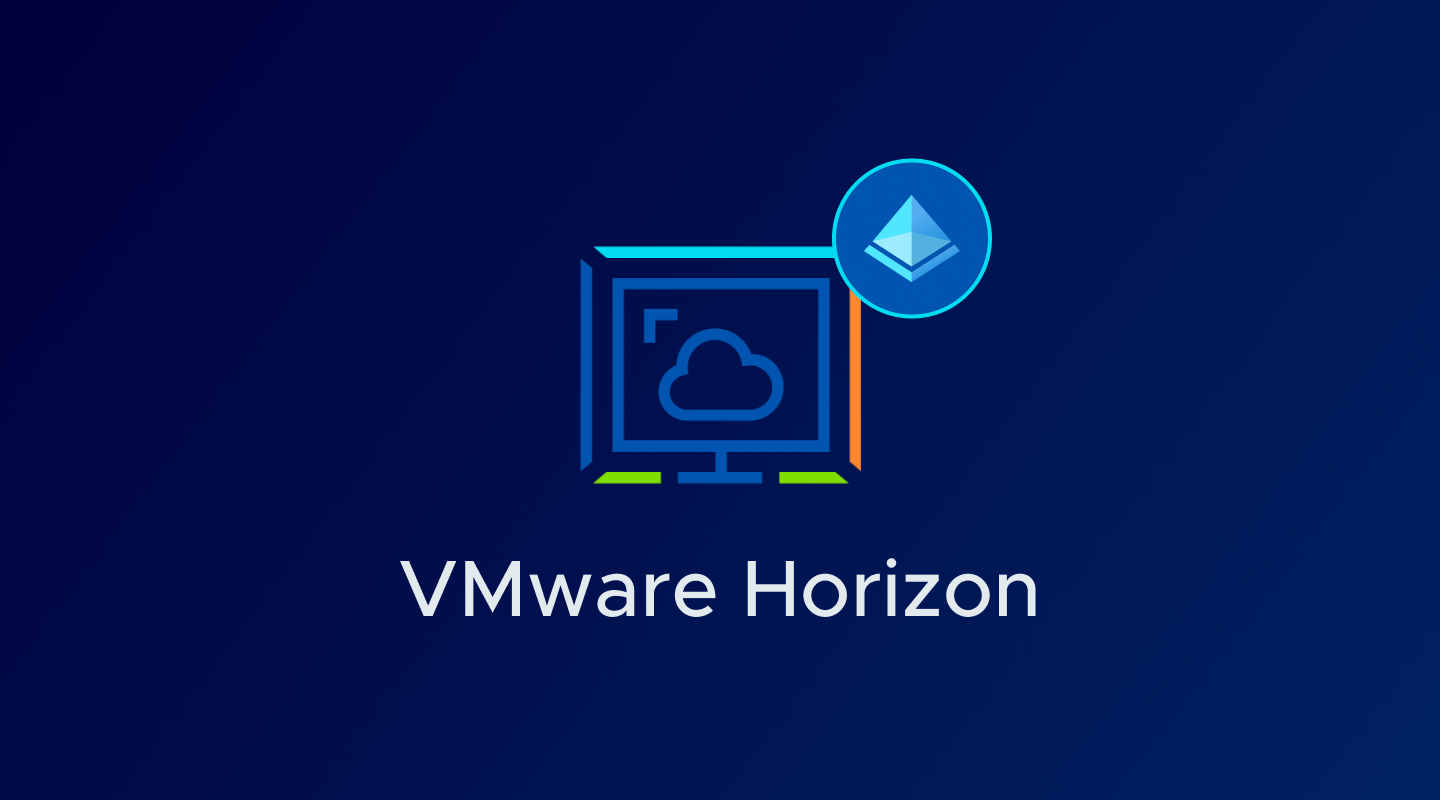VMware users will be glad to hear that the latest Unified Access Gateway (UAG) versions provide the SAML-based multifactor authentication feature. Now, find out how to make your whole authentication process more protected with the solutions such as Azure MFA!





